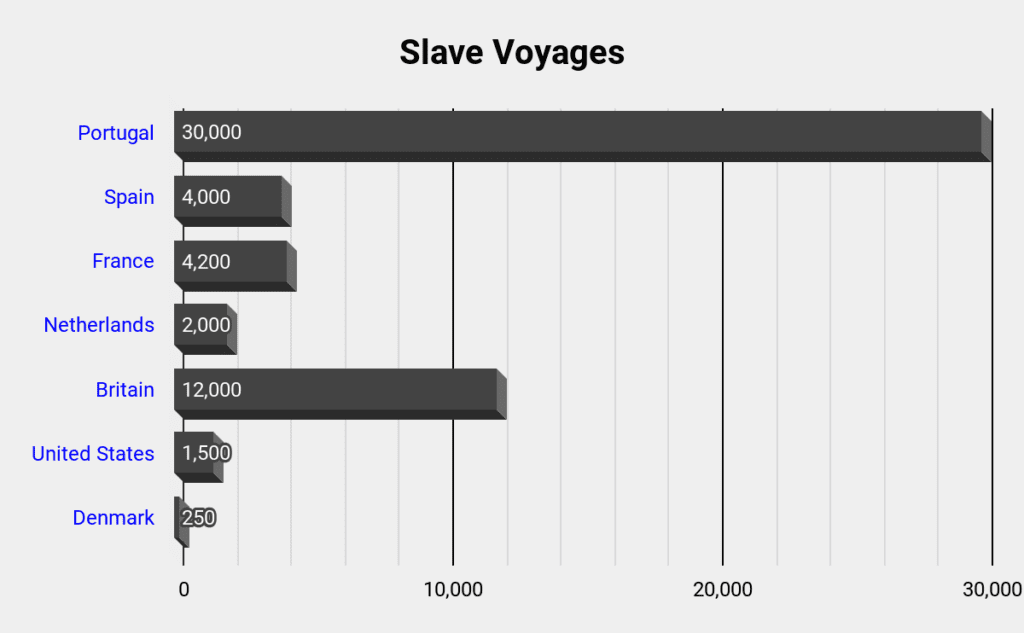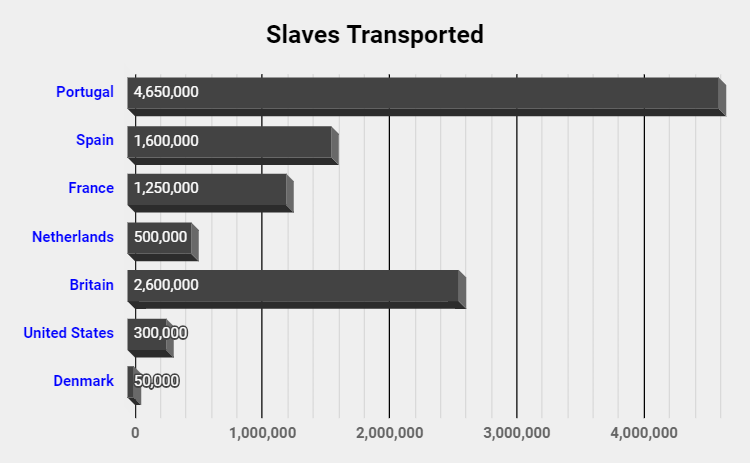Arab Slave Trade
Unlike the transatlantic slave trade that brought millions of African Slaves to the Western Hemisphere. This slave trade established trade routes within African, The Middle East, and India. It seems that many are unaware that this slave trade lasted from the 8th to 19th centuries.
The conditions of the enslaved Africans under Islamic Arabs, according to Ronald Segal (Islam’s Black Slaves, Atlantic Books 2003) was vastly different from the conditions imposed by Europeans Christians. The most fundamental difference between the two being that under Islam enslaved Africans were still considered human beings with some rights. Additionally, unlike European Christian based slavery where even people who converted to Christianity were kept in perpetual bondage, the children of slaves who converted to Islam were born free.
sovereignnations.com
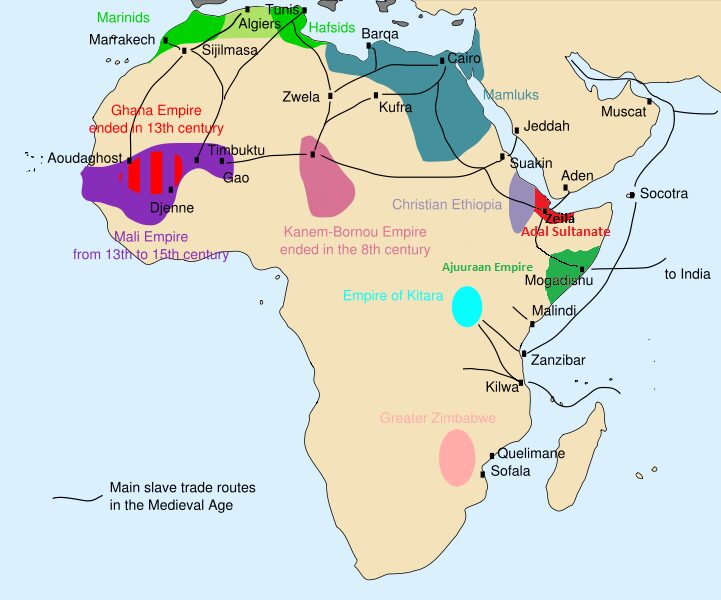
For additional information on The Arab Slave Trade:
- http://www.arabslavetrade.com/
- https://www.newenglishreview.org/Emmet_Scott/The_Islamic_Trade_in_European_Slaves/
Transatlantic Slave Trade
Transatlantic Slave Trade is the slave trade that has been brought up in school districts throughout the United States for decades, that heavily focused on the Africans being sent to the thirteen colonies. However, that is just a small portion of the number of slaves brought to the Western Hemisphere.
As depicted above the transatlantic slave trade spread from Canada to Argentina also including the Caribbean Islands. This slave trade created three distinct groups: Afro-Americans, Afro-Caribbeans, and Afro-Latinos, and these groups can be broken down even further to the countries. The different cultures amongst blacks were created by the country that enslaved them.
Spanish colonies produced blacks who speak Spanish and have Spanish surnames, British and Dutch produced blacks who spoke English with English surnames, and so on. After the Revolutionary War, the United States continued the atrocity of continuing importing slaves from Western Africa.
Intercolonial Slave Trade
Intercolonial Slave Trade was the transportation of slaves within the Americas.
O’Malley’s book, Final Passages: The Intercolonial Slave Trade of British America, 1619-1807, demonstrates that hundreds of thousands of people who arrived in British American colonies from Africa quickly boarded new ships for intra-American voyages—both within British America and across imperial lines to French and Spanish colonies. Similarly, in the American Historical Review, Borucki, David Eltis, and David Wheat estimate that more than twenty-five percent of the two million Africans who arrived in the Spanish Americas, nearly 600,000 individuals, endured transshipment from other American colonies rather than being sent directly from Africa. Older historiographies exist on domestic slave trading in nineteenth-century Brazil and the United States but interest in those topics has also increased in the last two decades. The Intra-American Slave Trade Database seeks to pull data on all such forced migrations together.
Borucki, A. (2018). Intra-American Slave Trade – Understanding the Database. From Slave Voyages : https://www.slavevoyages.org/american/about#methodology/0/en/
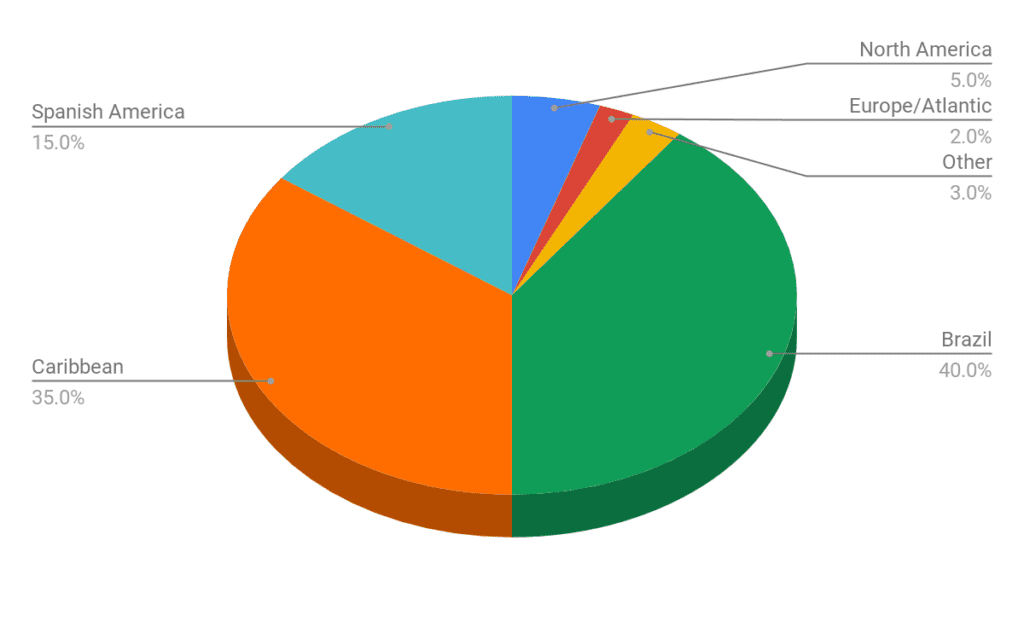
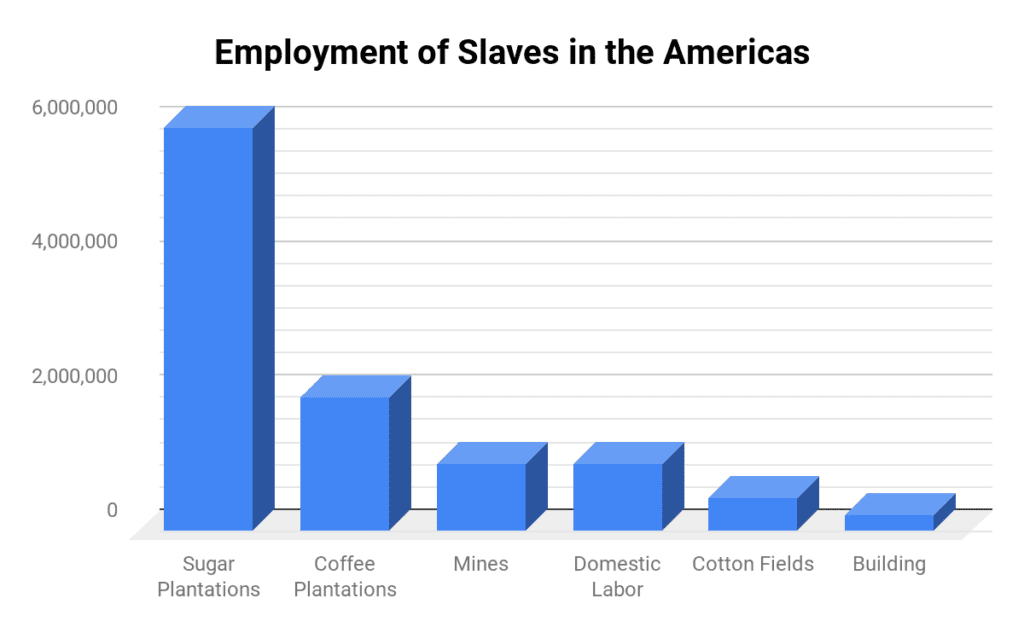
* http://www.slaverysite.com/Body/facts%20and%20figures.htm
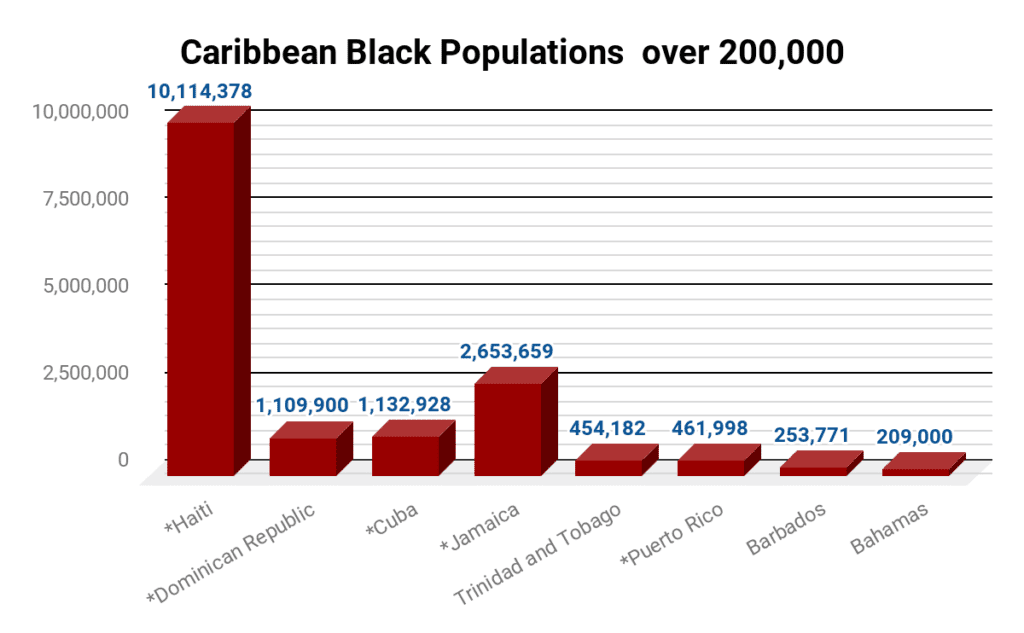
* Countries have an additional mixed African population
- Haiti: 532,335
- Dominican Republic: 7,365,700
- Cuba: 2,794,106
- Jamaica: 180,402
- Puerto Rico: 122,951
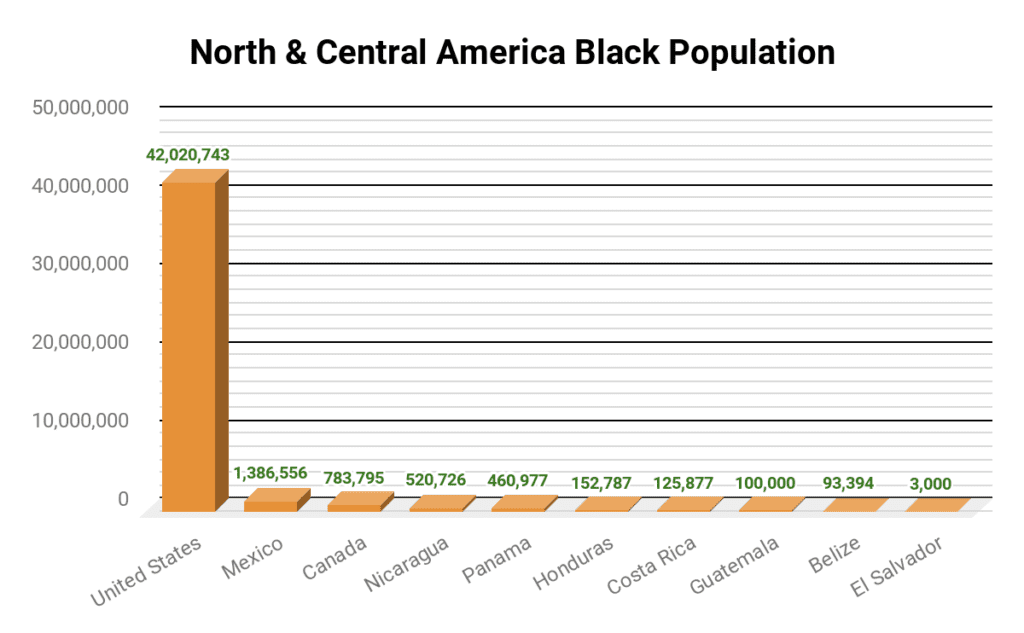
The Differences Between Slavery and Indentured Servitude
Indentured servants are not considered as property and are fulfilling an agreement, contract, for a specified amount of time and can live a free live thereafter. Slavery, one has absolutely no rights, and is considered property of the master along with their children. During the transatlantic slave, there were only a relatively small amount of European nations in the involvement of transportation and enslavement of Africans. Today there are 50 nations in Europe, give or take a few nations since the slave trade, four were involved. Britain, Spain, Portugal, Denmark, and the Netherlands with the United States getting involved after they claimed independence from Britain, were all involved of changing history and reshaping the populations of North America, South America, and Africa.
1619
Although not new to the America’s since the Portuguese and Spanish slave trade, 1619 is significant to the introductory of slavery to the United States.
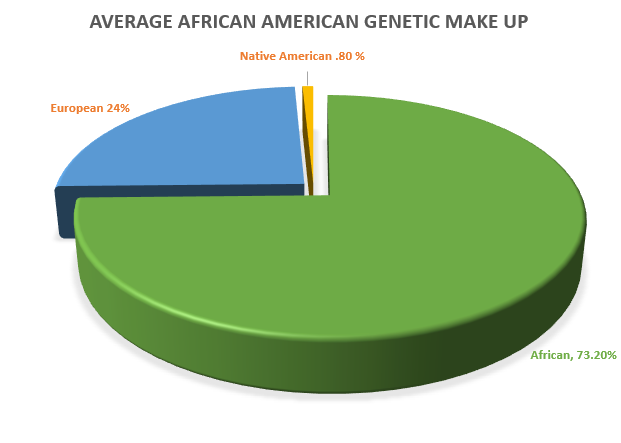
* Source: sciencemag.org
In recent years, the explosion of home DNA test revealed the hidden truth that many had already expected. Blacks who are descendants of the transatlantic slave trade not only in the United States but throughout the Caribbean, Central, and South America have similar results. It goes without saying that the percentage of European ancestry in recent generations are through consensual relations, marriages, etc. It is the amount of European that is traced back approximately four generations and further people must consider the realization that many white men raped black women. In the last year ancestry.com was blasted on social media trying to romanticize slavery by having a white man run off with a slave woman. In schools this portion of slavery is never brought up and brushed under the rug.

